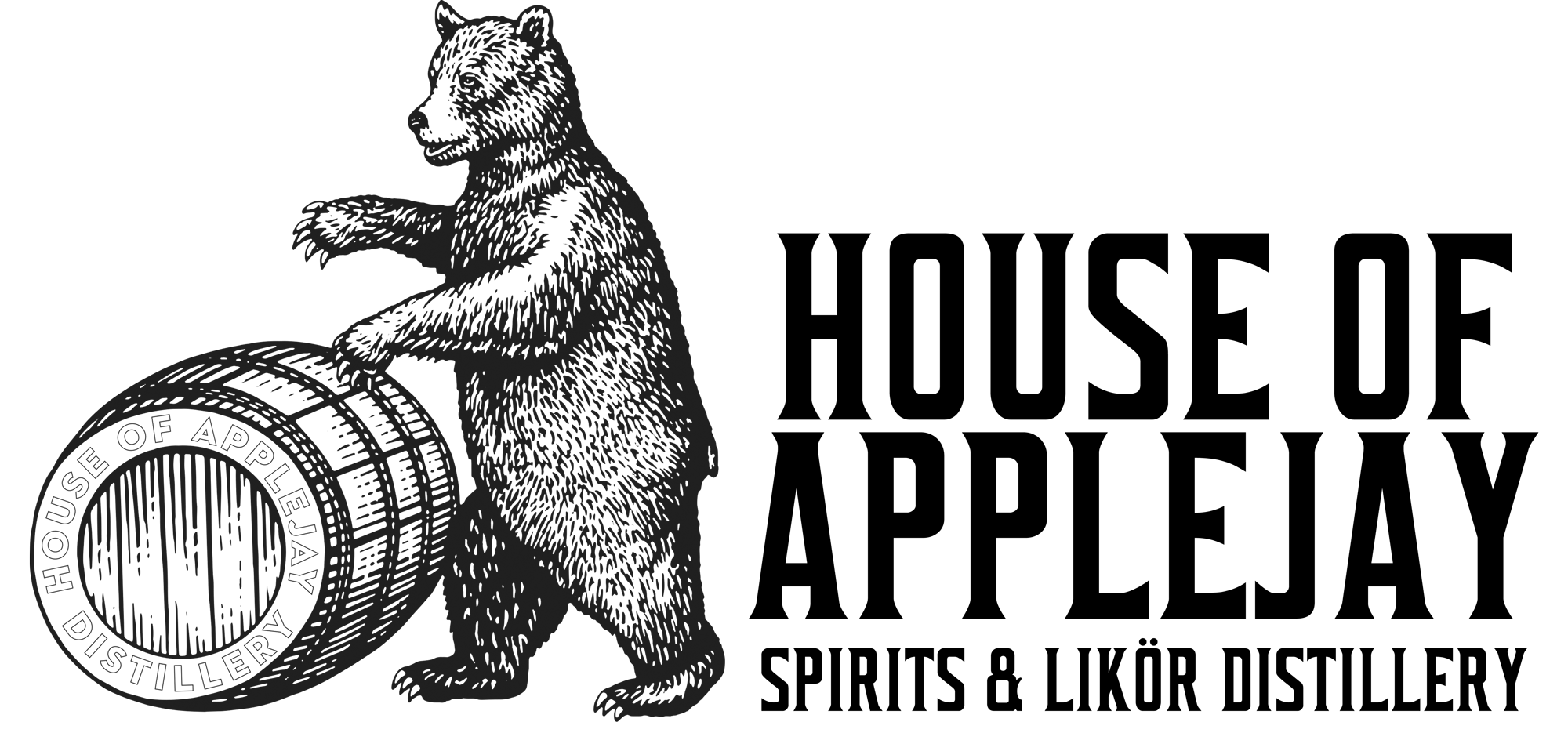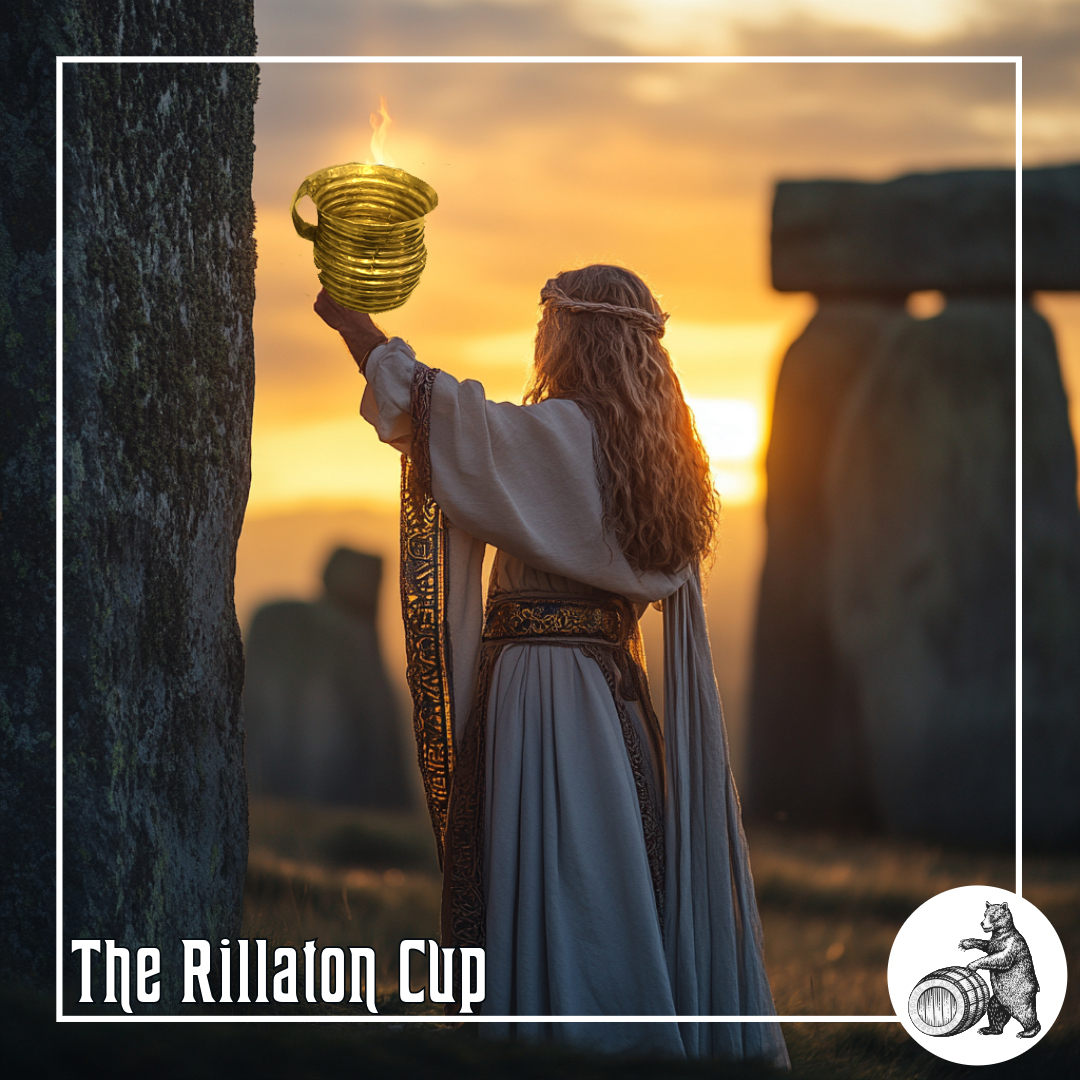The Rillaton Cup
The Rillaton Gold Cup: Legend, Mystery, and the Golden Relic of Cornwall
Hidden within Cornwall’s windswept hills, a relic from the depths of Britain’s ancient past holds stories that blend history with legend. The Rillaton Gold Cup, one of the most mysterious Bronze Age artifacts ever discovered in the UK, has captivated not only archaeologists but also folklore enthusiasts who see it as a doorway to Britain’s mystical past. From strange tales of royal misfortune to speculation on magical powers, the Rillaton Cup is much more than a beautiful artifact—it is a cup that brims with legend.
The Discovery: A Golden Find and Its Immediate Mystery
The cup’s story began in 1837, during an excavation at Rillaton Barrow near Bodmin Moor. Local laborers, digging through the burial mound, uncovered a trove of ancient grave goods. Among these treasures was a small yet unmistakably fine gold vessel, a cup unlike anything the villagers had seen before. Crafted from a single sheet of gold and adorned with delicately rippled ridges, the Rillaton Cup sparkled with an otherworldly luster. Alongside it were the remains of an individual thought to be a chieftain or noble—a person of high status, perhaps even royalty. Dated to around 1700-1500 BCE, the cup is one of a small group of similar artifacts found across Europe, though each one bears unique characteristics that highlight its distinct origin.
The cup’s unusual shape and its lavish material set it apart, sparking theories from scholars and laypeople alike. Was this truly a cup? Or could it have been something more? Some speculated it was a symbol of power, a ceremonial object meant to channel the spirit world. As its fame spread, so did rumors and tales, which grew into a haunting legend tied to the relic.
The Curse of the Rillaton Cup: Misfortune in the Royal Household
Though it was destined for a museum, the cup first found its way into the British royal household, where it quickly became an object of fascination. It is said that King George V himself used the cup for an entirely mundane purpose—reportedly as a shaving bowl! But as time went on, whispers began to circulate. Those who used or touched the cup, it was rumored, would suffer misfortune or meet a tragic end.
One version of the legend suggests that misusing the cup disrespected the spirit of the ancient chieftain with whom it had been buried, thus incurring his wrath. This spirit, many believed, could cast misfortune upon those who treated the cup as a mere trinket rather than the sacred object it was. It wasn’t long before the cup was removed from the royal household and eventually transferred to the British Museum, where it has remained ever since.
Theories and Mysticism: Was the Rillaton Cup Enchanted?
The stories don’t end with curses alone. Some folklore enthusiasts argue that the Rillaton Gold Cup may have once served as a vessel for potions, elixirs, or ritualistic brews with supposed mystical properties. The cup’s shape, with its high-arched handle and rippled texture, bears a resemblance to other ceremonial drinking vessels from Celtic and Druidic traditions, and some claim it may have held a sacred drink thought to confer protection or wisdom.
Additionally, the cup’s design and remarkable durability have led some to believe that it was intended to last through the ages, perhaps even created with enchantments to preserve its structure. The gold has weathered over three millennia remarkably well, adding a layer of intrigue to the notion that its makers intended it to remain a lasting and potent relic. Was it a mere coincidence, or did the ancient craftsmen imbue it with protective charms?
The Rillaton Cup’s Place in Legend and History
Though the cup is a valuable artifact that illuminates the artistry and wealth of Britain’s Bronze Age, it’s the legends surrounding it that keep the Rillaton Gold Cup alive in popular imagination. For many, this cup is not simply an object but a bridge to an age when life and death were shrouded in ritual and magic. It serves as a reminder of a time when objects were believed to carry not only practical value but spiritual significance—a sentiment that resonates even now.
Today, the Rillaton Cup sits safely in the British Museum, its legacy intact. Visitors admire its craftsmanship, but many are drawn to the mysterious tales it inspires. Who was the person laid to rest with this golden vessel, and did they really guard it with a curse? For now, the answers lie hidden in legend, waiting for those willing to look beyond history and into the realm of myth.
The Rillaton Gold Cup will forever remain more than a golden treasure; it is a story, a mystery, and a legend intertwined in Britain’s ancient past. And as long as it captivates the curious, its story is far from over.
The Distilling Culture
BLOG
Embark on a global journey, and you’ll find that cultures possess tales that harken back to their ancient beginnings of distillation, brewing, and winemaking.
info@houseofapplejay.com
67 Fowler St, Bldg B, East Ellijay, GA 30540

